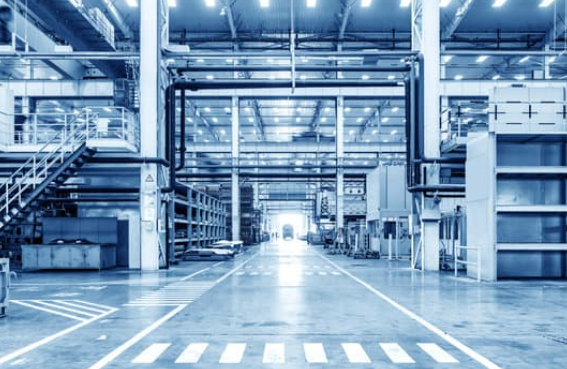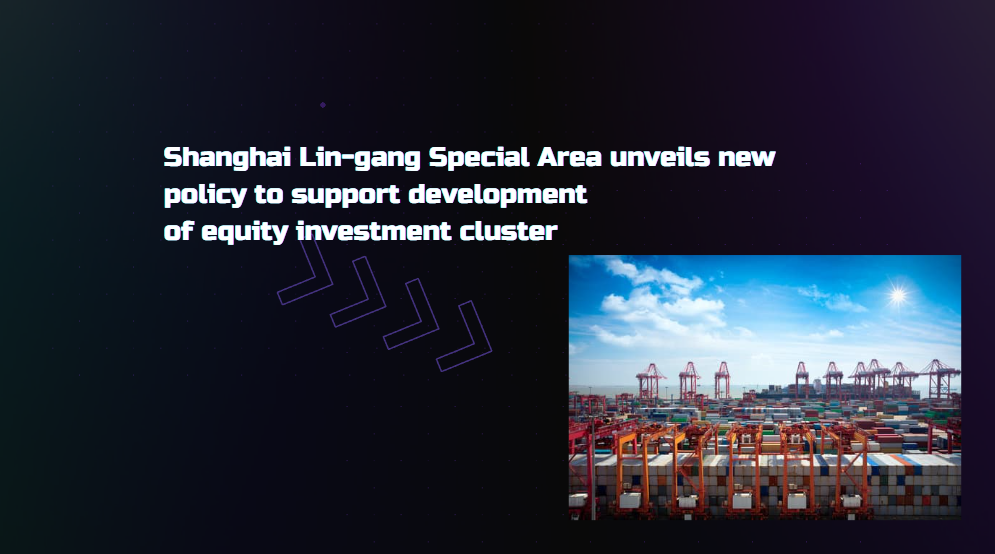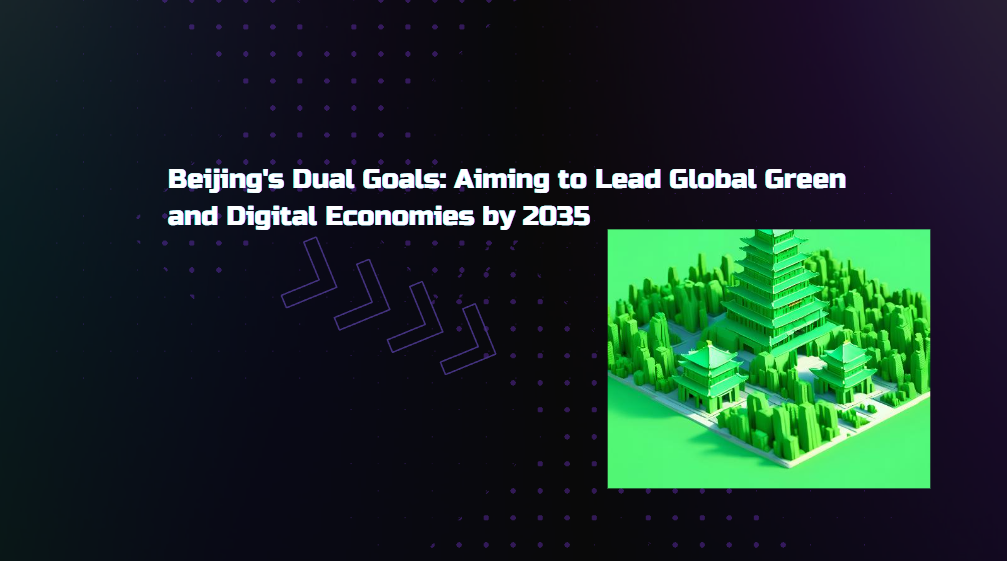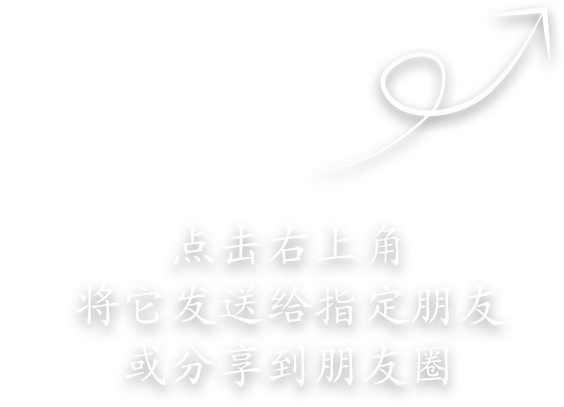China's Manufacturing Sector: A Strategic Shift Towards Global Openness and Innovation
China's manufacturing sector has entered a pivotal phase, with President Xi Jinping announcing a complete lift on foreign investment restrictions in manufacturing at the Third Belt and Road Forum on October 18. This landmark decision, grounded in a decade of regulatory relaxation and free-trade zone initiatives, reflects a strategic move towards heightened economic openness. Prior to this, the 2021 National Negative List for Foreign Investment Access already reduced manufacturing restrictions to just two items—Chinese-led control over publication printing and traditional Chinese medicine processing. With the latest deregulation, the sector is now fully open to foreign investors nationwide.
This change represents a major transformation in China's economic policy and manufacturing strategy. Wei Jianguo, Vice President of the China Center for International Economic Exchanges and former Vice Minister of Commerce, emphasized three critical implications: solidifying manufacturing's role as China's economic backbone, setting a new benchmark for foreign investment access, and reinforcing China's focus on strengthening the real economy—a contrast to Western economies' shift toward service industries.

Data from the Ministry of Commerce indicates that, despite a 5.1% year-over-year decline in China's total inbound foreign investment from January to August 2023, manufacturing investment rose by 6.8%, with high-tech manufacturing investments jumping by 19.7%. Key sectors like electronics and medical equipment posted double-digit growth, underscoring China's appeal as a global hub for innovation and production. Notably, major international players like DuPont and Covestro have expanded their operations in China, solidifying the country's position as a prime location for strategic global manufacturing investments.
Responding to the new policy, Bai Ming, a researcher at the Chinese Academy of International Trade and Economic Cooperation, remarked that China's transition from a manufacturing giant to a global manufacturing powerhouse hinges on active global engagement. This policy overhaul underscores China's commitment to openness and its strategy to attract high-quality foreign resources to fuel its transformation.
While China reduces foreign investment barriers, it also addresses ongoing challenges, particularly technological and equipment limitations in advanced sectors like semiconductors and manufacturing. Wei highlighted three strategic imperatives: fostering innovation within the manufacturing sector, establishing an open-door policy to attract foreign talent, and creating a globally competitive business environment. Through policy and regulatory support, China aims to elevate its manufacturing sector into a global model for efficient capital, talent, and information deployment.
The comprehensive opening of the manufacturing sector aligns with proactive measures to attract and sustain foreign investment. This year's State Council directive further enhances the investment climate, offering improved national treatment, stronger investment protections, and initiatives to make China an attractive destination for foreign enterprises. Supported by resilient consumer demand and targeted policy reforms, foreign direct investment could still reach between $230 billion and $250 billion by year-end, according to the Ministry of Commerce.
Nevertheless, China's manufacturing sector faces external pressures. Amid global supply chain realignments, China remains a competitive destination despite Western calls for “re-shoring” industrial operations. Wei noted that China's vast domestic market is a unique advantage that should be fully leveraged to attract high-value projects. The regular inflow of multinational executives, including Elon Musk and Tim Cook, highlights the sustained appeal of China's market size, infrastructure, and regulatory predictability for long-term foreign investment.
The global automotive market exemplifies China's dual role as both a production base and a competitive innovator. Tesla's Shanghai Gigafactory, with its pioneering four-hour supply chain in the Yangtze River Delta, enables just-in-time manufacturing to meet global demand, redefining China's position within the auto industry. In a strong endorsement of open trade, Volkswagen CEO Oliver Blume and BMW Group executive Jochen Goller recently advocated for China-Europe automotive cooperation to counter European protectionist tendencies.
China's manufacturing sector stands at a unique convergence of openness and self-sufficiency, fostering an environment where competitive market dynamics meet regulatory transparency. As the negative list shortens and foreign restrictions diminish, China's ongoing shift towards high-level openness signals a future where collaborative innovation and global investment shape the next chapter of Chinese manufacturing.






















































First, please LoginComment After ~